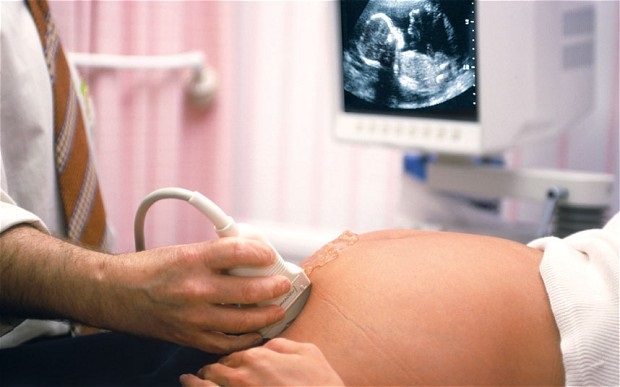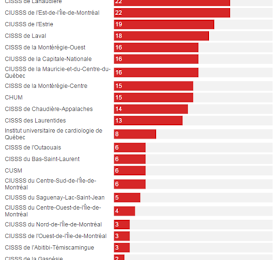Last month the Guttmacher Institute released updated abortion statistics for the United States. Their latest survey of abortion facilities indicate that the number of abortions fell by approximately five percent between 2011 and 2014. The short-term abortion decline is unsurprising. The U.S. abortion rate has fallen steadily since 1980. Furthermore, these declines have been fairly consistent. They have occurred during times of economic prosperity and economic hardship. They have also occurred throughout both Republican and Democratic Presidential administrations.
However, what is interesting about these new abortion statistics is that the U.S. abortion rate has reached a historic low. Guttmacher has been collecting comprehensive abortion data from U.S. abortion facilities since 1973. The 2014 abortion rate is 14.6 abortions per every thousand women of childbearing age. That is a decline of over 50 percent since 1980. Even more importantly, the U.S. abortion rate is lower than it was in 1973 – the year that Roe v. Wade was decided.
This milestone is more important than many people realize. When the Roe v. Wade decision was handed down in 1973, there was still considerable cultural resistance to legal abortion. The modern policy debate over legalizing abortion was about six years old and supporters of legal abortion were losing momentum. No state voted to legalize abortion in either 1971 or 1972. Finally, New York was the only state in the United States where it was easy for out-of-state residents to obtain an abortion. In 1972 the New York legislature repealed the state’s liberal law, which was preserved only by the veto of then-Gov. Nelson Rockefeller.
Furthermore, while abortion was legal in 1973, it was not necessarily widely available. Some medical professionals were reluctant to perform abortions – unsure of how it would be regulated. Additionally, in the short term, several state and local governments successfully used legal action to prevent abortion clinics from opening. It was not until 1975 that every state had a doctor, hospital, or clinic that performed a significant number of abortions. As such, the fact that the abortion rate is now lower than it was in 1973 is real evidence of pro-life progress.
Reducing the U.S. abortion rate did not come easily. Indeed, the U.S abortion rate increased dramatically during the 1970s. This was for a variety of reasons. The Roe v. Wade decision gave abortion rights mainstream legitimacy and credibility. Additionally, pro-life activists encountered resistance from both major political parties. Feminists and social liberals were obtaining more influence over the Democratic Party, while the Republican Party was home to business interests who had little interest in sanctity of life issues.
SUPPORT LIFENEWS! If you like this pro-life article, please help LifeNews.com with a donation!
Attempts to restrict abortion through legislation met with little short-term success. On multiple occasions the U.S. Supreme Court struck down state-level parental involvement laws. Congress did pass the Hyde Amendment in 1976 which largely prevents federal Medicaid funds from paying for abortion. However, due to various legal challenges the Hyde Amendment was enjoined for much of the 1970s.
Things changed by the early 1980s. In 1980, the Republican Presidential nominee was Ronald Reagan, who as early as 1976 was supportive of a Human Life Amendment to the U.S. Constitution. In 1980, the U.S. Supreme Court upheld the federal Hyde Amendment in the Harris v. McRae decision. During the 1980s parental involvement laws were also upheld by the Supreme Court. Finally, during the 1990s and 2000s, states became more active in passing pro-life laws. There is a substantial body of research which shows that many state pro-life laws – including public funding restrictions, parental involvement laws, and properly designed informed consent laws – all reduce abortion rates.
Many claim that increases in contraception use are responsible for the U.S. abortion decline. However, since the 1980s, the unintended pregnancy rate has remained relatively stable. Instead, good data shows that an increasing percentage of women facing unintended pregnancies are choosing to carry their pregnancy to term. This is due to protective pro-life laws, durable gains in pro-life sentiment, and the outstanding work of numerous pregnancy help centers throughout the country. In the wake of pro-lifers gathering on the Mall on Washington for the March for Life in January, we should take heart. The record low abortion rate we achieved in 2014 is evidence of pro-life progress.
LifeNews.com Note: Dr. Michael New is a professor at Ave Maria University. He is a former political science professor at the University of Michigan–Dearborn and holds a Ph.D. from Stanford University. He is a fellow at Witherspoon Institute in Princeton, New Jersey.





